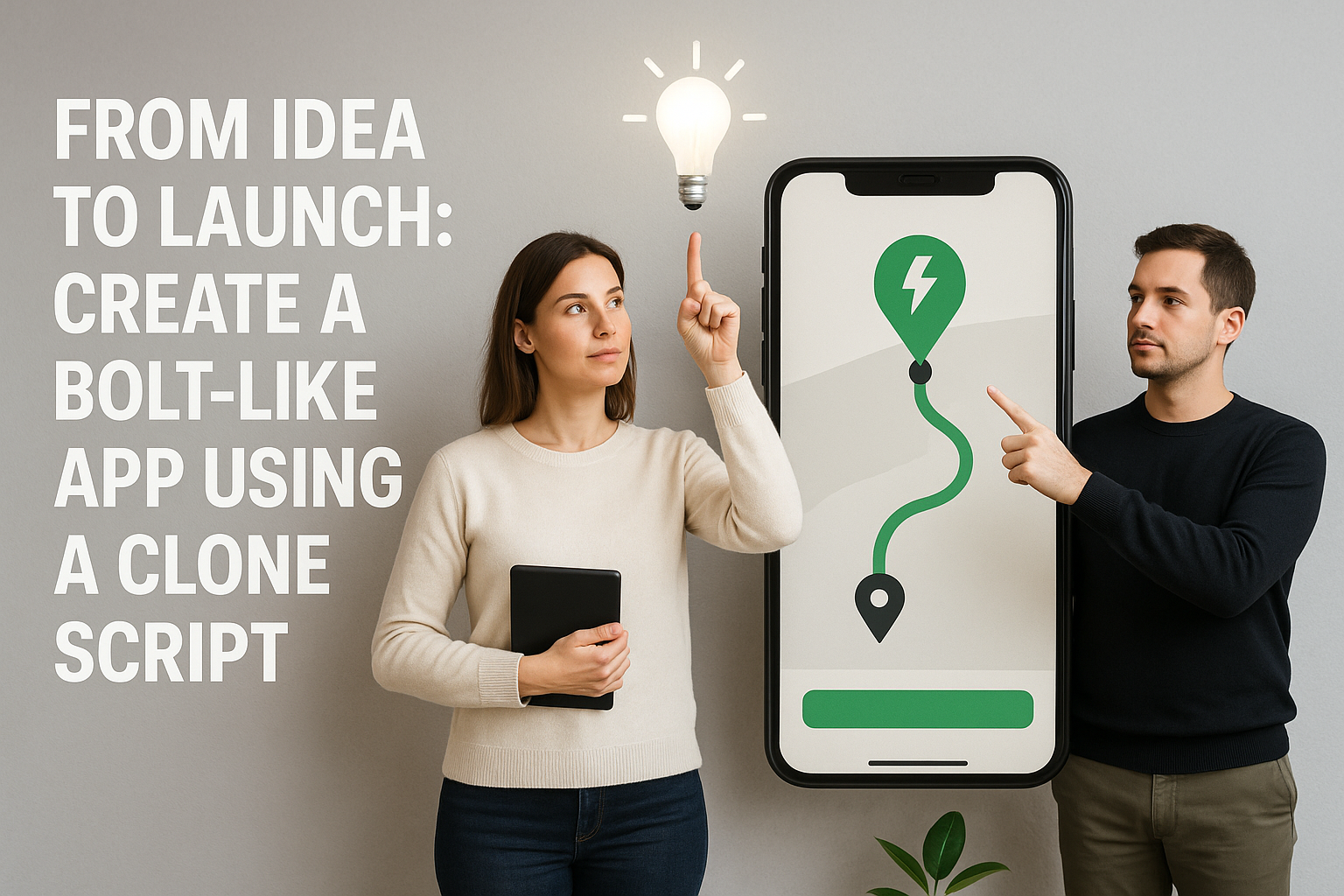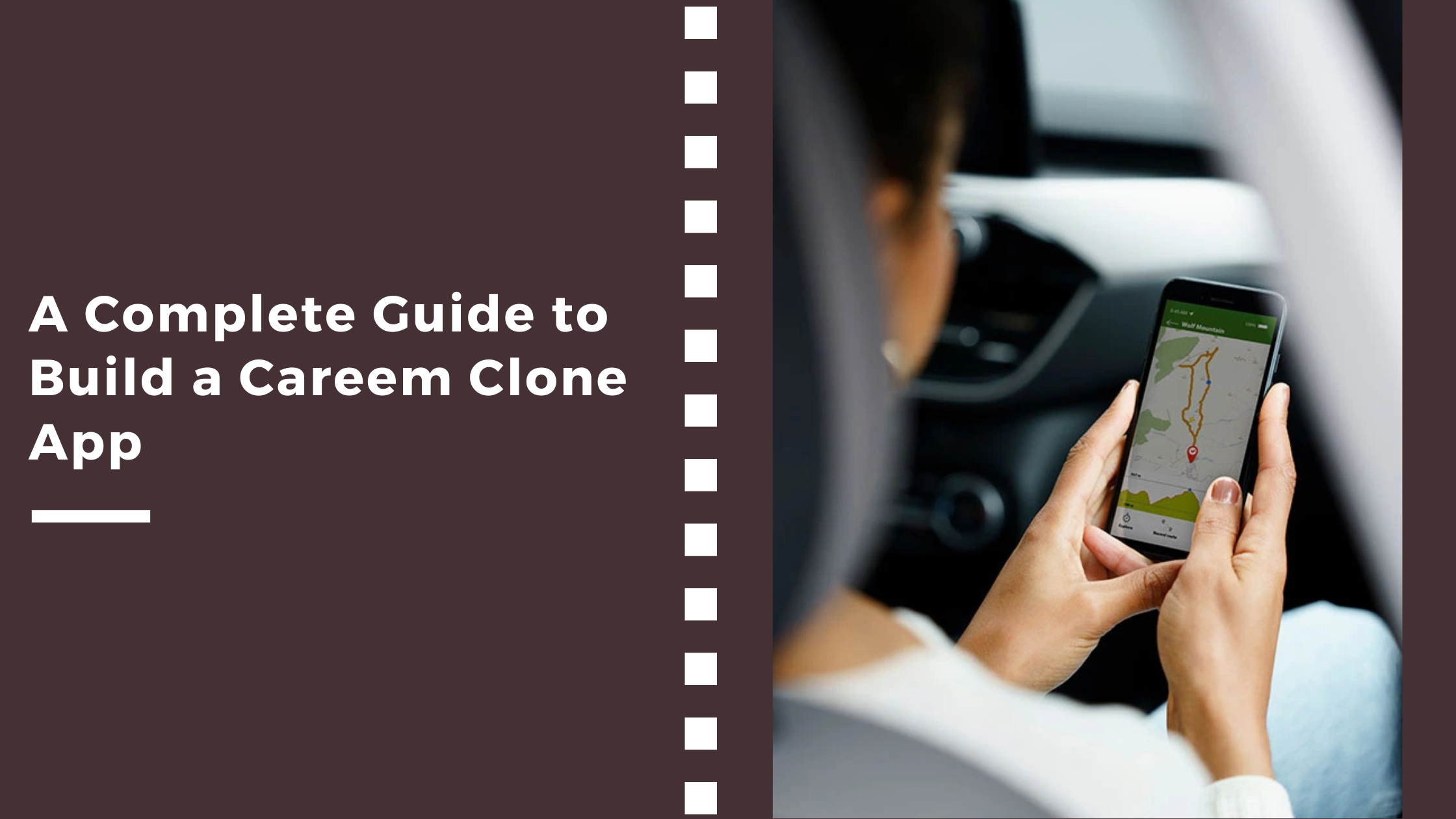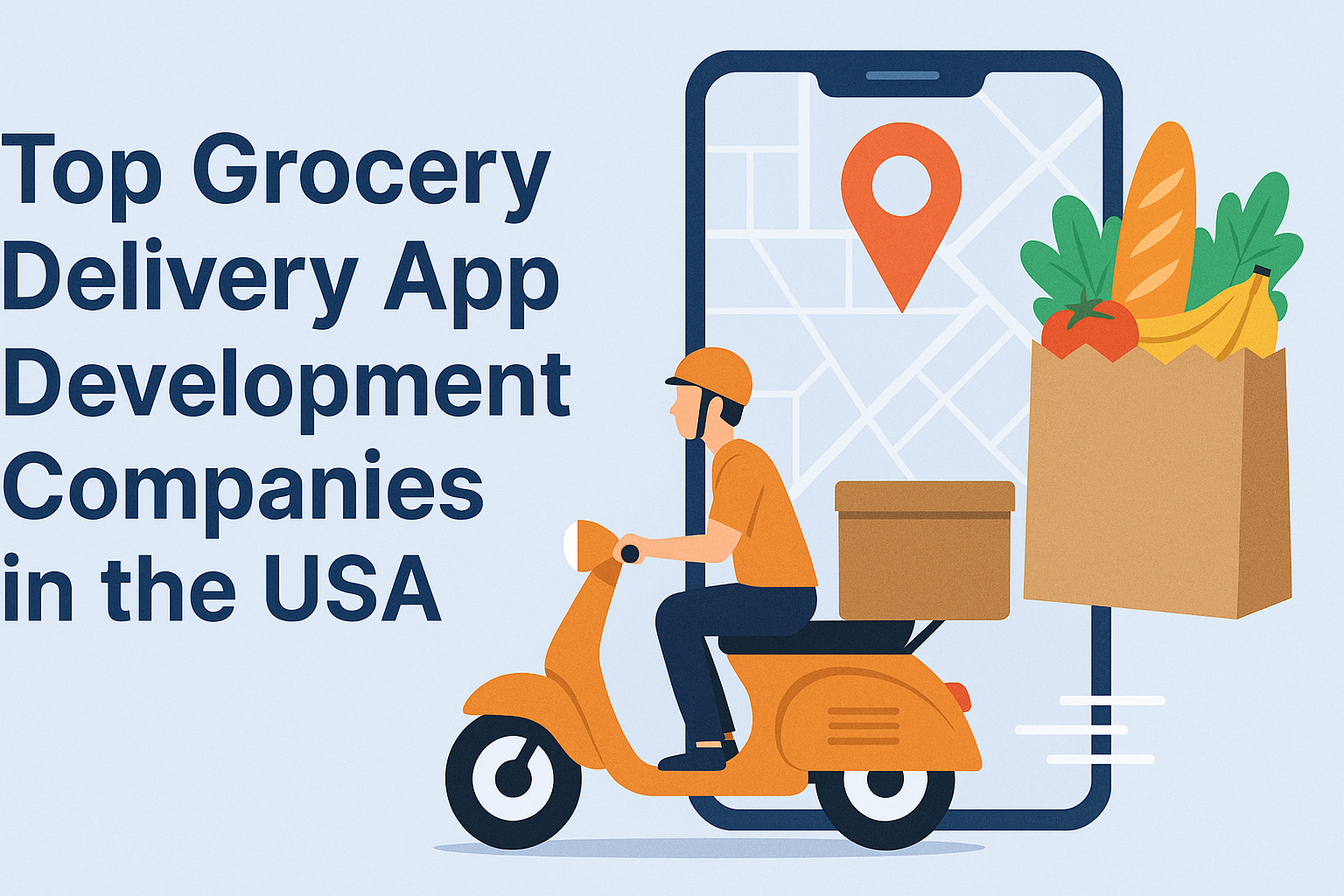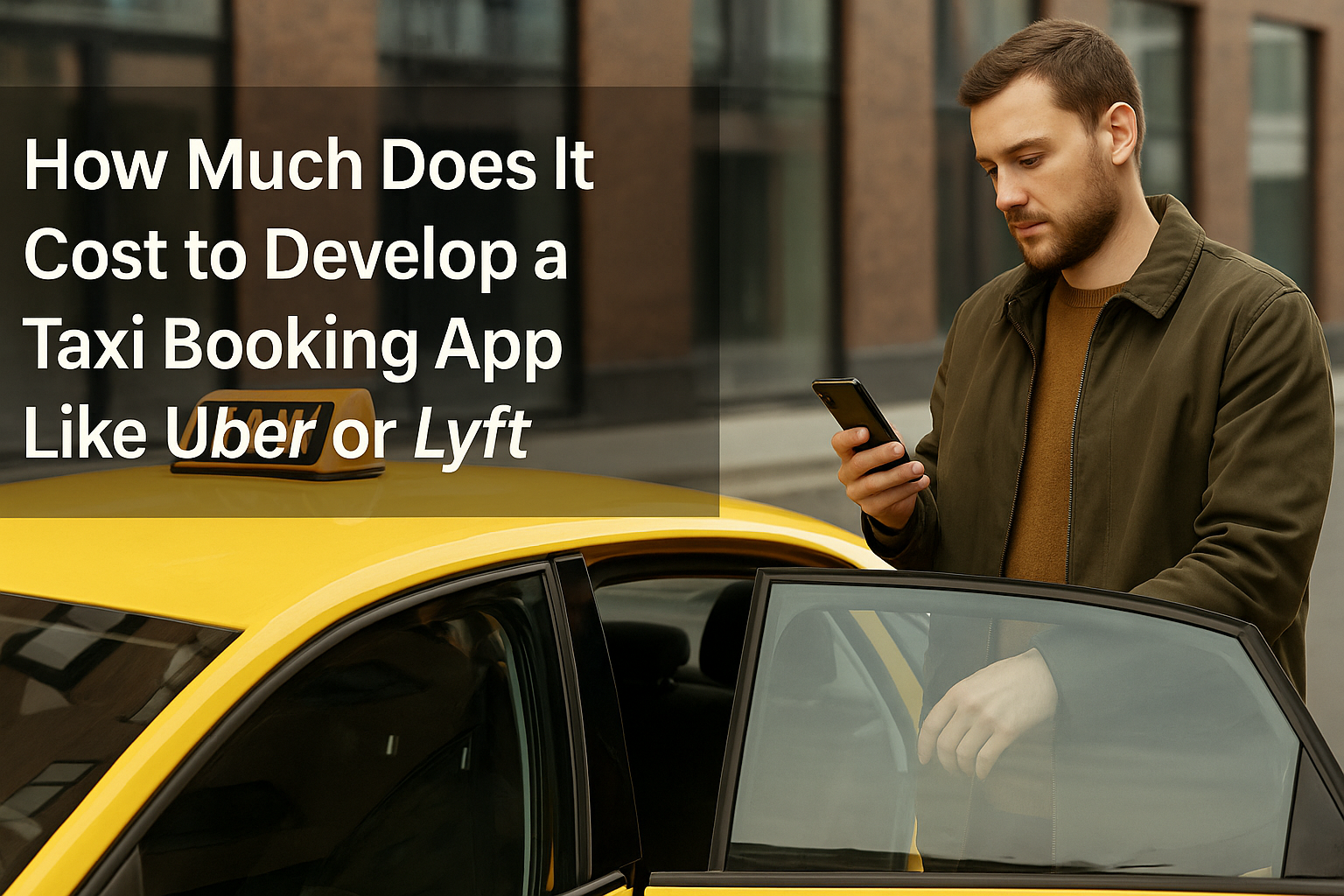From Idea to Launch: Create a Bolt-Like App Using a Clone Script

Strong 8k brings an ultra-HD IPTV experience to your living room and your pocket.
In recent years, the ride-hailing industry has experienced an unprecedented boom, reshaping urban mobility across the globe. Traditional taxi services have been replaced by on-demand, app-based ride-sharing platforms like Uber, Lyft, and Bolt. The convenience, cost-efficiency, and real-time service that these platforms offer have made them a preferred transportation option for millions. According to Statista, the global ride-hailing and taxi segment is projected to reach US$401.8 billion in 2025. This staggering growth signals ample opportunity for new entrepreneurs to carve a niche in this competitive space.
Why Build a Bolt-Like App?
Creating a Bolt-like app is a smart move for entrepreneurs looking to enter the mobility tech sector. Unlike traditional taxi services, such platforms operate on a digital-first model that enhances user experience, reduces operational friction, and scales quickly across cities or regions. Bolt's model thrives on simplicity, driver-focused policies, and competitive pricing - making it a practical framework to replicate.
A Bolt-like app can cater to various commuting needs, from daily work commutes to instant travel demands, with features that connect drivers and riders seamlessly. With the right approach, you can launch a cost-effective, scalable, and feature-rich solution that addresses real-time mobility challenges in your local market.
Understanding the Key Features of a Bolt-Like App
To successfully create a Bolt-like app and compete in the ride-hailing industry, it's essential to design tailored modules and features for riders, drivers, and administrators - each with their own specific needs.
Rider App Features:
- User Registration and Profile Setup: Simplify the sign-up process with multiple registration methods - including phone number, email, and social login - making it easy for users to get started instantly.
- Ride Booking: Riders can request a ride by entering their destination, selecting the type of vehicle, and confirming the booking—this forms the core functionality of the app.
- Live GPS Tracking: The app allows riders to view nearby drivers and follow the real-time route during their trip for better transparency and convenience.
- Fare Estimate: Before confirming a ride, the app displays an estimated fare based on distance, selected vehicle, and current traffic conditions.
- Trip History: Riders have access to a detailed history of their previous trips, including fare details, destinations, and driver ratings.
- Ratings and Feedback: After each ride, users can rate their driver and leave feedback to help maintain service quality.
- Flexible Payment Options: The app supports various payment methods such as credit/debit cards, digital wallets, and cash, offering users more flexibility.
Driver App Features
- Driver Registration and Profile: Drivers can sign up by uploading required documents like their driver's license and vehicle registration. Their profiles contain personal information, ratings, and income summaries.
- Ride Request Notifications: Drivers are notified about new ride requests and can accept or reject them based on their availability.
- Navigation and Traffic-Based Routing: The app includes GPS navigation to provide drivers with optimal routes by analyzing live traffic data, reducing travel time.
- Earnings Overview: Drivers can track their earnings in real-time, including fare breakdowns, bonuses, and tips.
- Trip History: Drivers can view details of past rides and any pending payments, helping them keep track of their work.
- Real-Time Alerts: Notifications keep drivers informed about new ride requests, route changes, and rider feedback.
- In-App Messaging: A built-in chat feature allows drivers to communicate directly with riders regarding pickup points, delays, or other trip-related details—without needing third-party apps.
Admin Panel Features
- Dashboard Overview: A live dashboard gives a complete overview of platform activities such as total rides, earnings, and user statistics, enabling quick issue resolution and performance monitoring.
- User Account Management: Admins have control over user accounts, including the ability to approve, deactivate, or remove rider and driver profiles as needed.
- Ride Monitoring: Administrators can oversee ride operations, including requests, cancellations, and completions, to ensure seamless service.
- Fare and Payment Controls: Admins manage fare structures, process payments, set commission rates, and handle promotional offers.
- Analytics and Insights: Detailed reports provide information on trip volumes, earnings, user engagement, and overall platform performance, supporting data-driven decision-making.
- Broadcast Notifications: Admins can send out alerts, promotional content, and important updates to both drivers and riders through push notifications.
Benefits of Using a Clone Script for Your Ride-Hailing App
Using a clone script simplifies the app development process and offers a range of benefits, especially for startups and entrepreneurs with limited technical knowledge.
- Quick Launch: Clone scripts come with pre-built modules, allowing you to launch your app much faster than custom development.
- Cost Effective: Developing an app from scratch can be expensive. Clone scripts offer a budget-friendly alternative without compromising on quality.
- Scalability: As your user base expands, clone scripts support easy upgrades - whether you're adding new features or expanding operations to new regions.
- Customization: While the core is ready-made, you still have full control to customize the design, user experience, and backend processes to align with your brand and business goals.
Step-by-Step Guide to Building Your Bolt-Like App
Discover the key steps to launching your Bolt-like app - from market research and revenue planning to choosing the best development approach.
Step 1: Market Research and Business Planning: Before investing in development, it’s essential to validate your idea. Research your target market to understand user pain points, commuting patterns, preferred payment modes, and competition. Determine:
- Cities or regions with poor public transport coverage
- Gaps in current ride-hailing services
- Potential demand from corporate, tourism, or residential users
Step 2: Business & Revenue Model: Having a well-defined business model is essential for the success of a ride-hailing app. Here’s a simplified explanation of how the model works, using Bolt as an example:
- User Interaction: Riders use the Bolt app to request a ride. Nearby drivers receive a notification with relevant rider details such as pickup location. Once accepted, the driver picks up the rider and begins the journey.
- Payment Handling: When the trip ends, the fare is automatically calculated and charged through the app using the rider’s selected payment method.
- Ratings and Reviews: Both drivers and passengers can leave ratings for each other after the ride. This mutual feedback system helps build trust and improves the overall user experience.
- Admin Oversight: A centralized admin panel allows the management team to oversee operations—this includes approving drivers, resolving issues, monitoring rides, and handling financial transactions.
Revenue Streams for Bolt-like Apps: A ride-hailing app like Bolt can earn revenue through multiple channels:
- Commission on Rides: Take a fixed percentage from each fare earned by drivers.
- Dynamic Pricing: Apply higher fares during peak hours or when demand is high (also known as surge pricing).
- Subscription Plans: Offer drivers or users premium packages that include added benefits like priority support or better ride matching.
- In-App Advertising: Generate extra income by displaying promotional content or third-party ads within the app.
Step 3: Business & Revenue Model: Building an app similar to Bolt requires strategic planning and selecting the right development method. Typically, there are two main approaches to consider: custom development and ready-made software solutions.
1. Custom Development: This method involves creating the app from the ground up, allowing complete control over its design, features, and functionality. It's ideal for businesses with unique requirements but comes with certain trade-offs:
- Higher Investment: Developing a fully customized app demands a substantial budget for design, development, and testing.
- Extended Timeline: Since everything is built from scratch, the process can take several months or even longer, depending on the complexity.
2. Ready-Made Software: Pre-built software solutions offer a quicker and more budget-friendly alternative. These solutions come with essential features already integrated and tested, reducing the chances of major issues at launch. Choosing a solution like VivoCabs can save both time and money.
- Quick Deployment: Launch your ride-hailing app within a few weeks.
- Cost Savings: Significantly lower development costs compared to starting from scratch.
Best Ready-Made Software to Create Bolt-like App - VivoCabs
For entrepreneurs seeking to create a Bolt-like app without the lengthy and costly custom development process, VivoCabs is an ideal solution. It is a ready-made taxi app solution that enables businesses to launch a ride-hailing app similar to Bolt with ease. The mobile application is available for both Android and iOS, catering to riders and drivers, and includes a web-based admin panel to manage users, vehicles, drivers, discount coupons, withdrawal requests, and more.
Key Benefits of VivoCabs are:
- Lifetime License
- GDPR Compliant
- No Recurring Charges
- Completely White Label
- Source Code Ownership
- Customizable and Scalable
- One Year of Free Technical Support
Conclusion
The demand for convenient, reliable, and affordable transportation is only increasing. Launching a Bolt-like ride-hailing app offers entrepreneurs a chance to tap into a rapidly growing industry. By leveraging a clone script, you can drastically reduce development costs and time while ensuring a robust, scalable, and user-friendly platform.
From identifying your niche and planning your business model to choosing the right clone script and launching with confidence, every step matters. Use this guide to navigate your journey from idea to execution with clarity.
Note: IndiBlogHub features both user-submitted and editorial content. We do not verify third-party contributions. Read our Disclaimer and Privacy Policyfor details.







